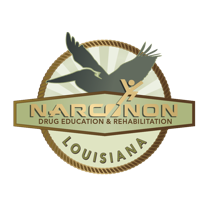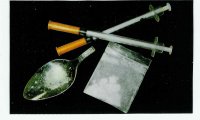Heroin Addiction
Heroin addiction is a serious problem the world over in this new decade. The alkaline substance derived from the poppy plant has made its way into the streets of American cities and suburban homes all over the United States. However, the problem of heroin use, and the resulting drug addiction epidemic, is actually not new to the Western world.
Beginning in the early nineteenth century, opium found its way into the Western hemisphere by way of immigrant Chinese workers who smuggled the drug into the country when they came to work on the railroads. Opium dens sprung up all over the early “Wild West” portion of the United States. Morphine was developed in 1810 as a derivative of opium for the purpose of anesthetics in medical operations to eliminate pain. The drug produced an intense dream-like state which prompted people to name it after the Greek God of sleep, Morpheus. The people to fall prey to this drug addiction were Civil War soldiers who were soon rendered physically dependant on the use of opiates.
While many cowboys have been depicted as drinking whiskey in saloons, the more likely situation should have pictured the Western folk heroes on the floor in an opium den. Alcoholism was actually a recognized issue even in the days of Western American settlers. Believe it or not, opium was actually used as a legitimate treatment method for alcohol addiction. None of the early pioneers could have dreamed of the ensuing drug habit that would later sweep the country.
In 1874, a British chemist working in London created a new drug. The Bayer Company of Germany registered it as a trademark under the name “Heroin”. It was imported into America and aggressively marketed to doctors and their patients as a “safe, non-addictive” substitute for morphine. For the next several decades, heroin was sold legally all over the United States of America by drug companies. The heroin was actually packaged as a kit in attractive tins with elaborate glass barreled hypodermic needles. The sales pitch slanted the truth by way of phrases such as “non-addictive” and “safe substitute for morphine”.
Narcotics of the opiate nature such as opium, morphine, and heroin were sold legally and unregulated in the United States for much of the nineteenth century until 1920. Congress eventually recognized the danger in these drugs, and as a result, passed the Dangerous Drug Act. This act made over-the-counter purchases of narcotics illegal, and ensured that they were to be government regulated. However, the law came too late. There were already and estimated 200,000 Americans with a drug addiction who were hooked on heroin. A market had been created for the drug in the United States, and it was now a fixed problem in the country’s landscape.

